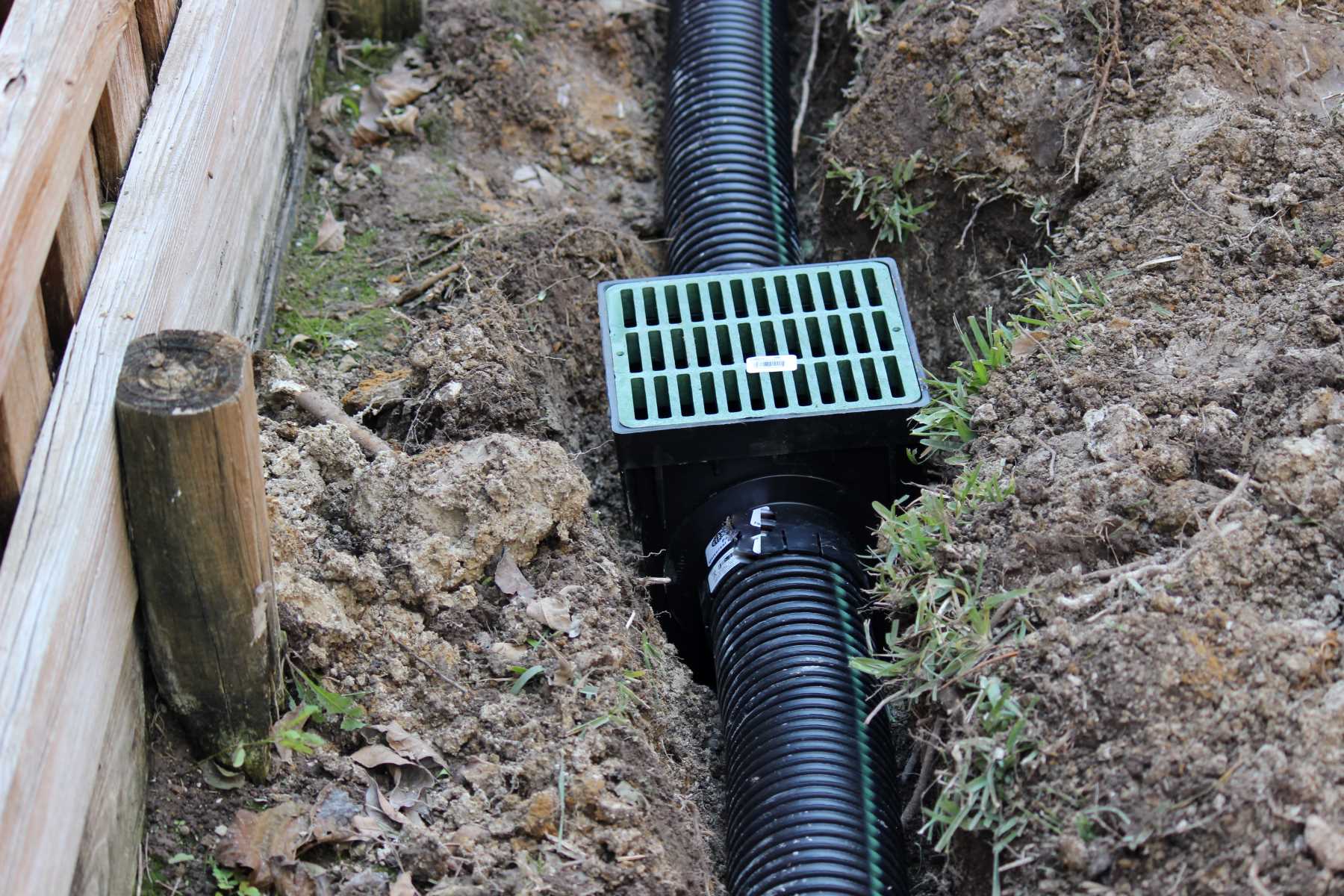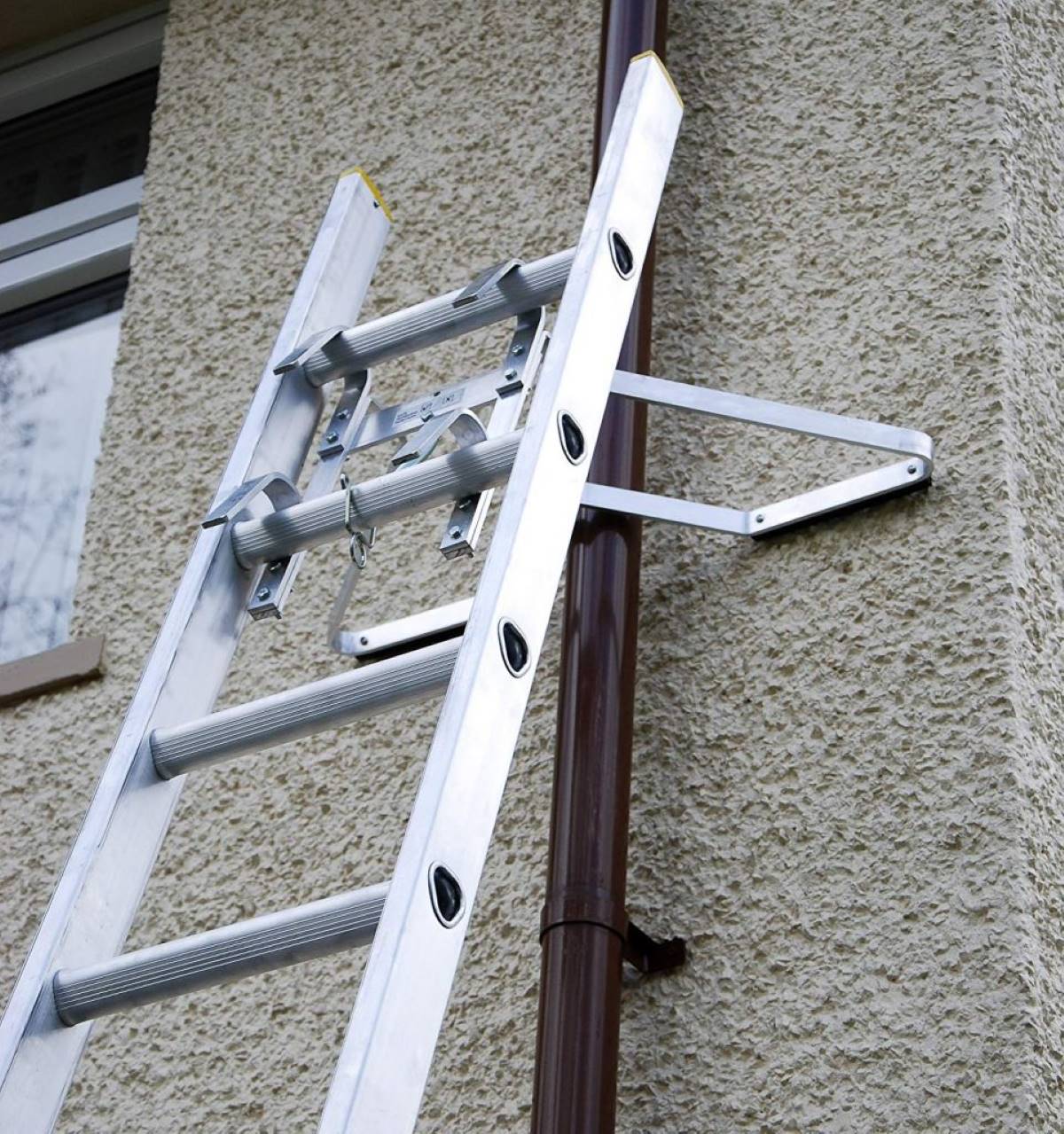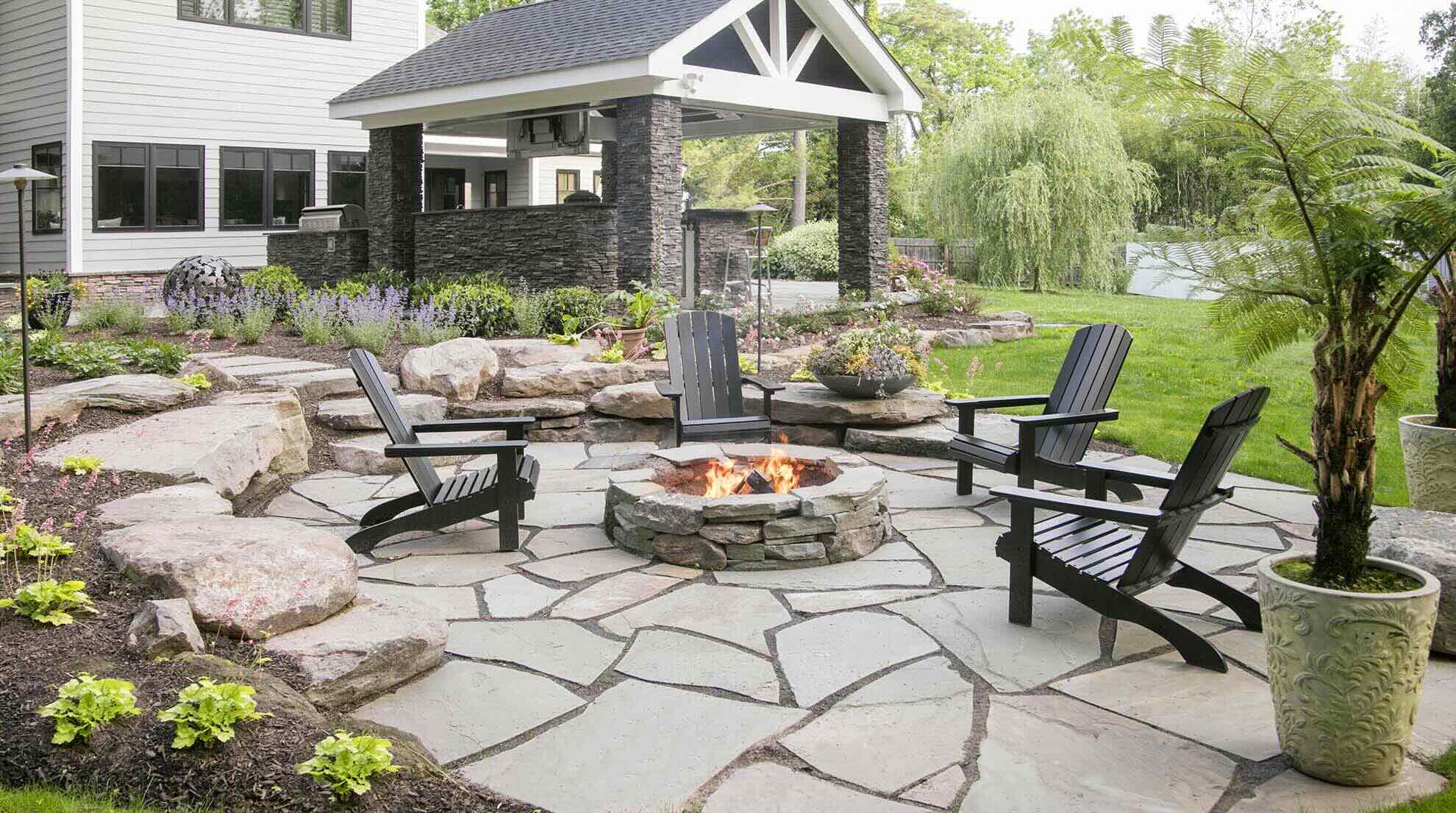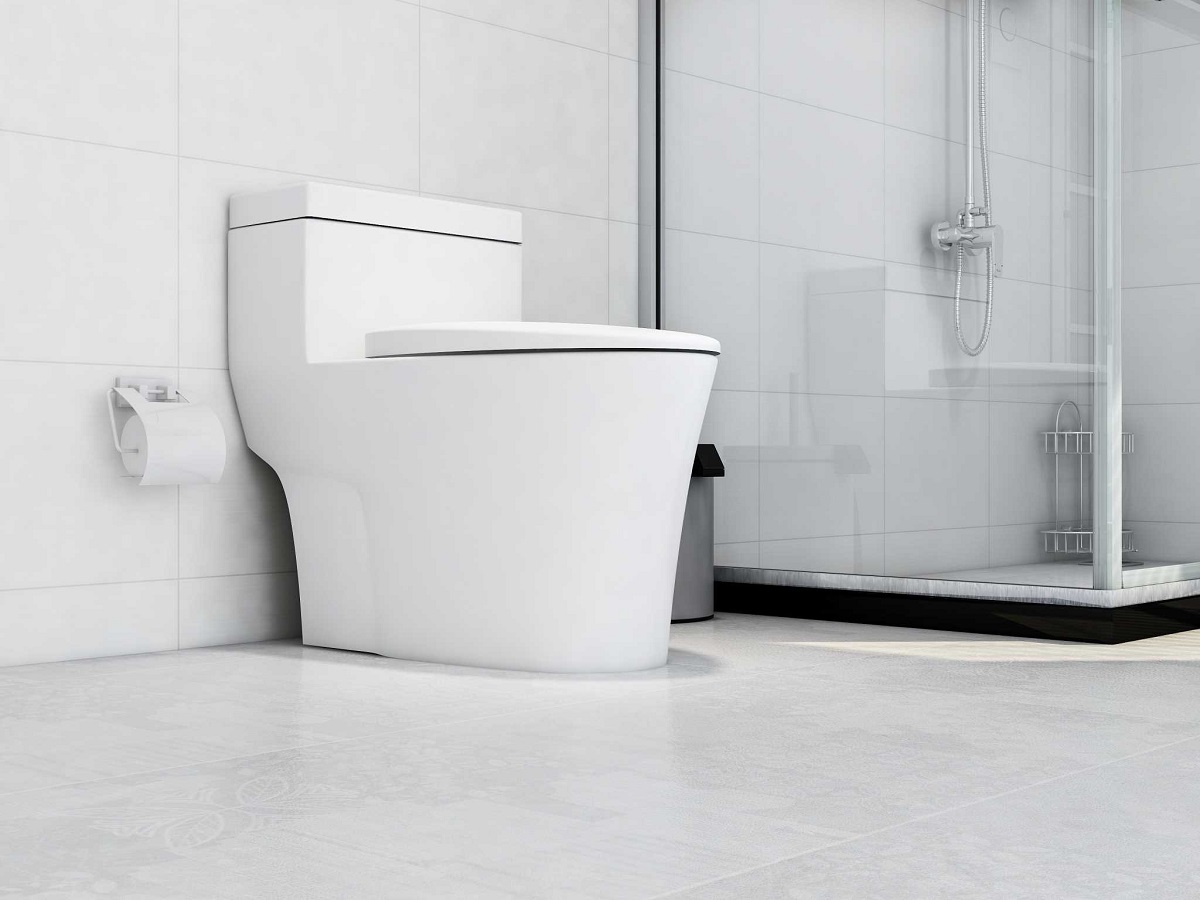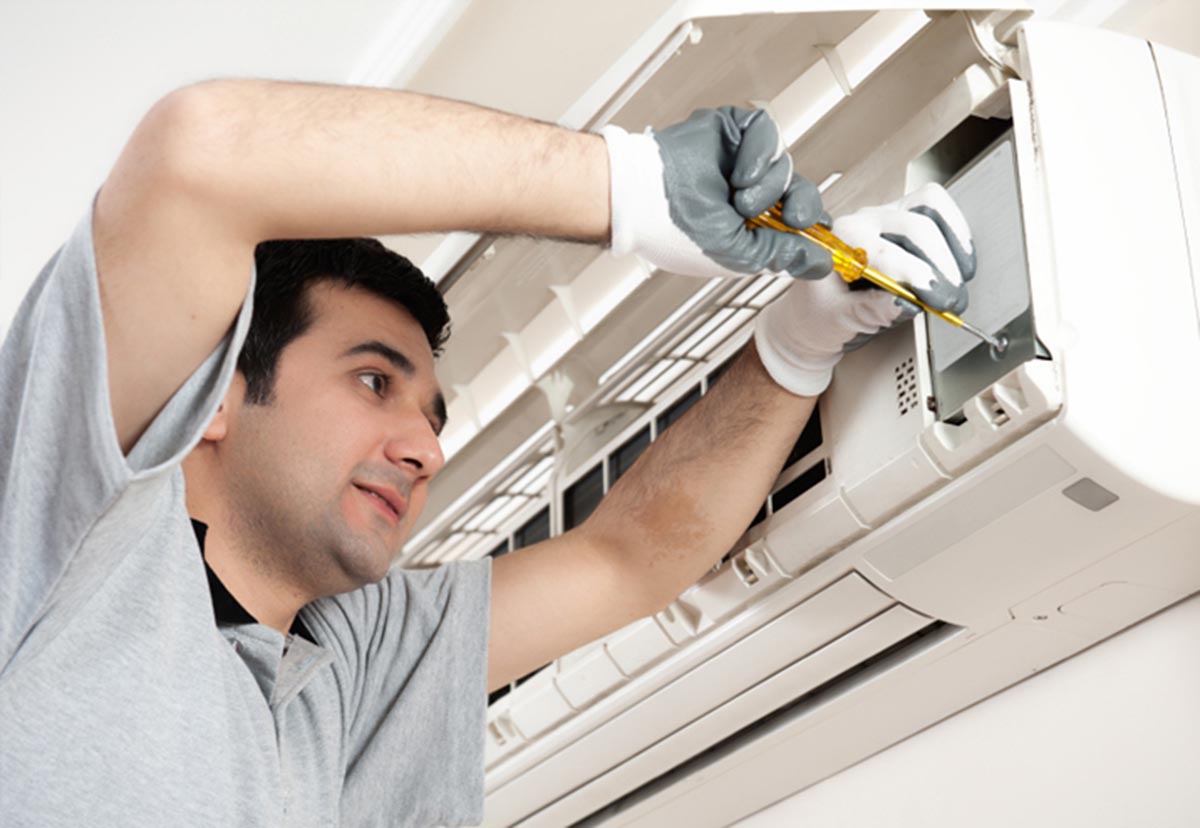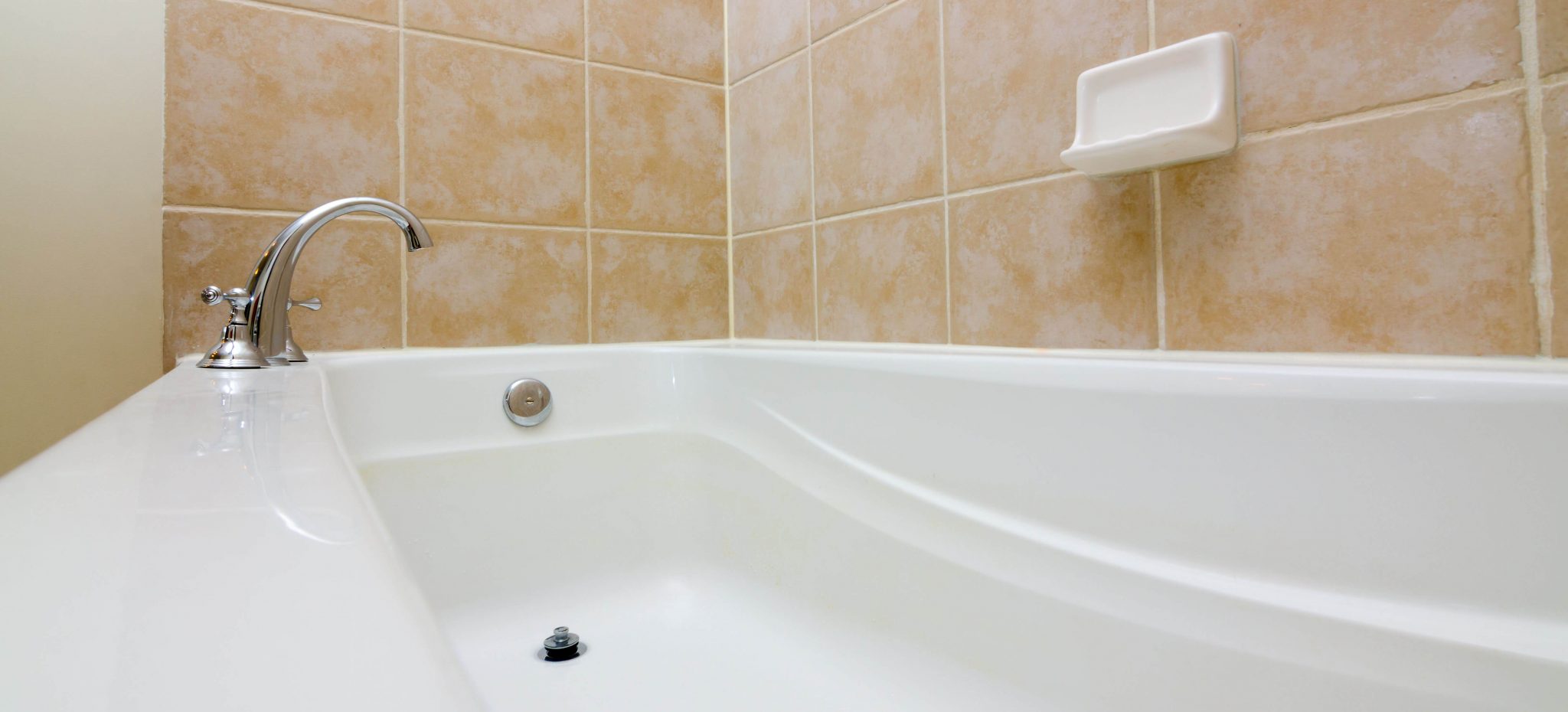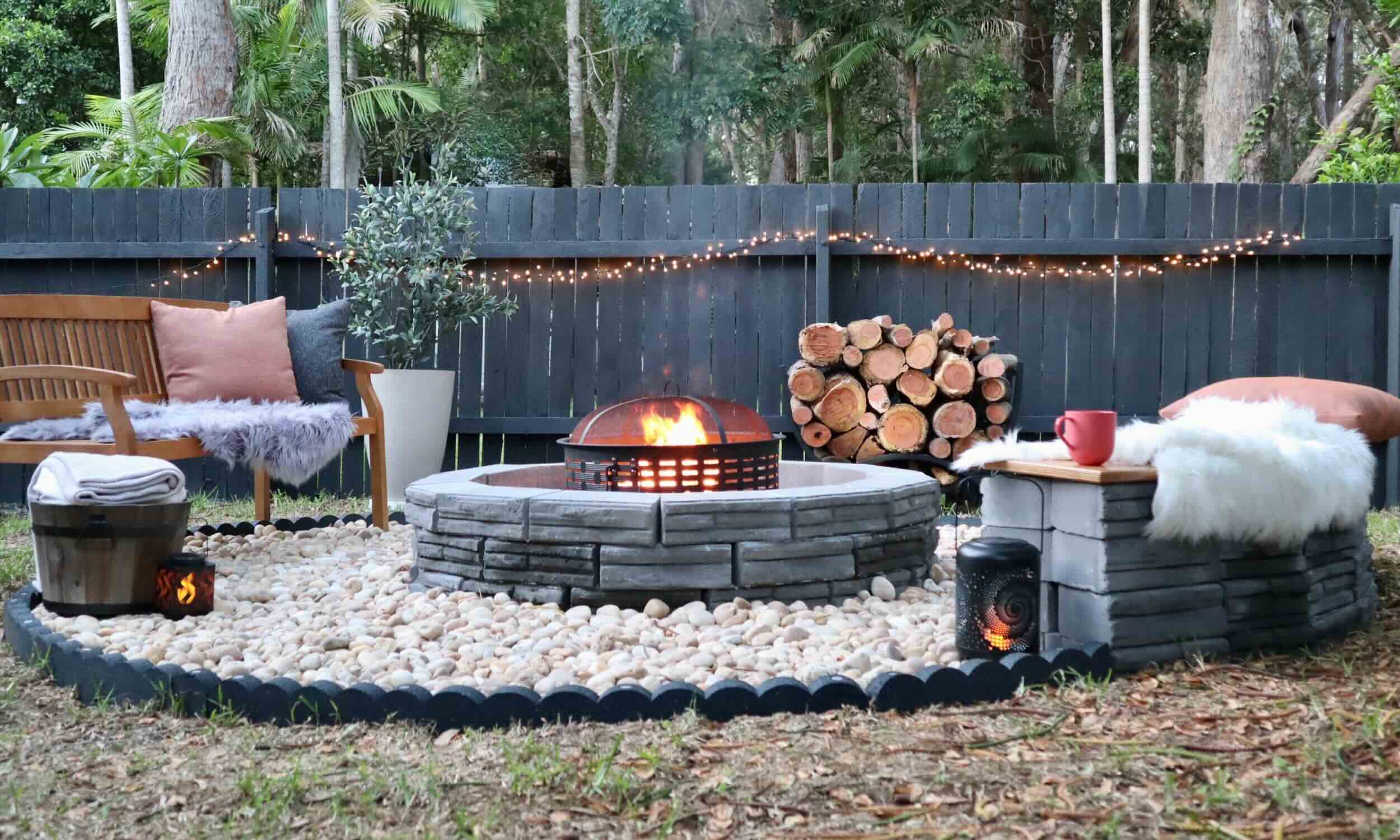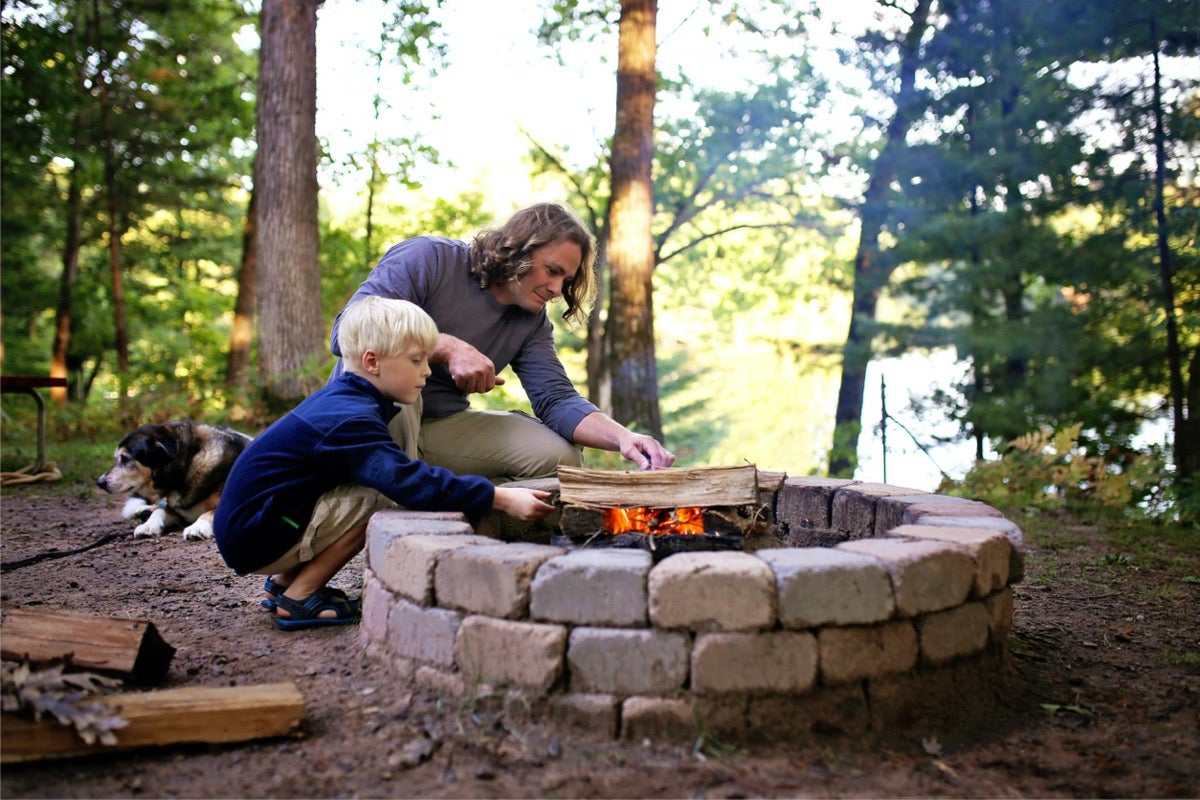Home>Home Maintenance>How Far Should An Air Conditioner Be From A House
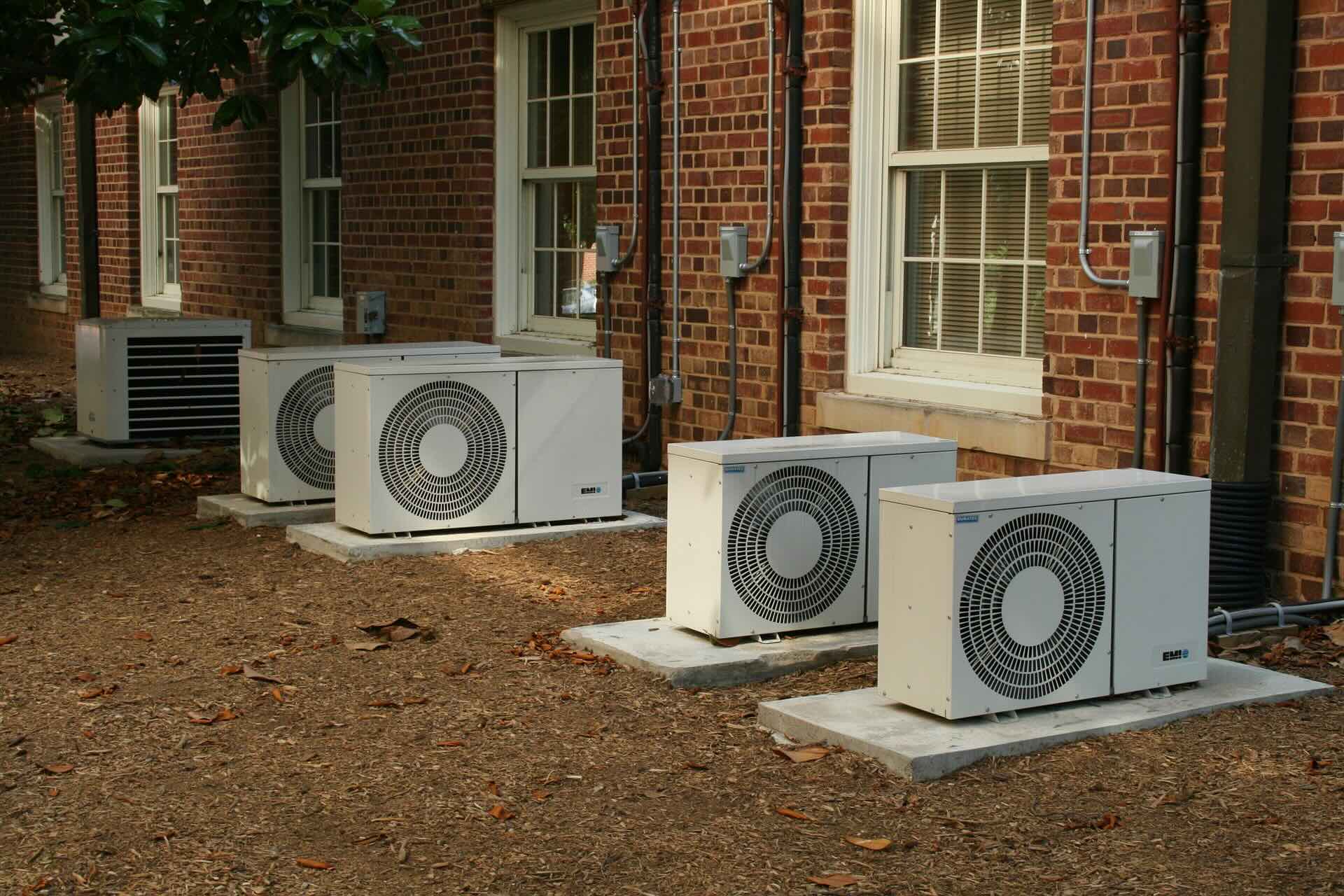

Home Maintenance
How Far Should An Air Conditioner Be From A House
Modified: March 7, 2024
A proper home maintenance tip is to keep your air conditioner at a safe distance from your house. Discover the ideal distance for optimal cooling and efficiency.
(Many of the links in this article redirect to a specific reviewed product. Your purchase of these products through affiliate links helps to generate commission for Storables.com, at no extra cost. Learn more)
Introduction
An air conditioner is an essential component of a comfortable home, especially during hot summer months. However, when it comes to installing an air conditioner, it is crucial to consider its placement in relation to the house. The distance between the air conditioner and the house plays a significant role in ensuring its optimal performance and longevity.
In this article, we will discuss the factors to consider when determining the distance between an air conditioner and a house, the minimum distance requirements, optimal distance recommendations, potential consequences of improper placement, and tips for proper air conditioner placement.
Proper air conditioner placement not only ensures efficient cooling but also prevents potential damage to the home and the unit itself. So, let’s delve into the details and find out how far an air conditioner should be from a house.
Key Takeaways:
- Proper air conditioner placement is crucial for efficient cooling and home safety. Consider factors like space, airflow, and noise levels to determine the ideal distance from your house.
- Improper air conditioner placement can lead to reduced efficiency, increased noise, and potential fire hazards. Follow tips like allowing clearance and elevation for optimal performance and longevity.
Factors to Consider
When determining the distance between an air conditioner and a house, it’s essential to take several factors into consideration to ensure optimal performance and safety:
- Space Availability: The amount of space available around the house will significantly impact the air conditioner placement. Limited space may require strategic positioning to maximize efficiency.
- Noise Levels: Air conditioners can generate noise during operation. Placing the unit too close to the house may result in increased noise levels inside the home, causing discomfort for occupants.
- Airflow: Proper airflow is vital for efficient cooling. The air conditioner should be positioned in a way that allows unobstructed airflow around it, without any nearby obstacles like walls, trees, or shrubs that could impede the circulation of air.
- Accessibility: It’s important to ensure that the air conditioner is easily accessible for maintenance and repairs. Placing it too close to the house or in an obstructed area can make it challenging for service technicians to perform routine maintenance or repairs when needed.
- Exhaust Heat: Air conditioners produce heat when in operation, and proper placement is necessary to prevent the exhaust heat from being directed towards the house or any flammable materials that could pose a fire hazard.
- Aesthetic Considerations: Some homeowners prefer to have their air conditioner discreetly positioned, minimizing its visibility from the street or outdoor living spaces. In such cases, the placement should be optimized to maintain the visual appeal of the house.
By taking these factors into account, homeowners can ensure that the air conditioner is properly positioned to function optimally and efficiently, providing cool air while minimizing any potential issues that may arise from improper placement.
Minimum Distance Requirements
While the specific minimum distance requirements for air conditioner placement vary depending on factors such as local building codes and the type of air conditioning system, there are some general guidelines to follow:
- Sidewalk or Pathways: To maintain a safe and accessible pathway, it is recommended to leave a minimum distance of at least 18 inches between the air conditioner and any sidewalks or pathways.
- Wall Clearance: The air conditioner should be positioned at least 6 inches away from the exterior walls of the house. This allows sufficient airflow and prevents condensation from building up on the walls.
- Overhead Obstacles: If there are any overhead structures such as awnings, balconies, or eaves, it’s important to keep a clearance of at least 2 to 3 feet to avoid any potential obstructions to the airflow and prevent the accumulation of debris on the air conditioner.
- Vegetation: Any nearby plants, bushes, or trees should be trimmed back to maintain a minimum clearance of 2 feet. This prevents branches, leaves, or debris from obstructing the airflow and potentially damaging the air conditioner.
- Fences or Walls: The air conditioner should be positioned a minimum of 3 feet away from any surrounding fences or walls to allow for proper air circulation and maintenance access.
It is important to note that these are general guidelines and it is always recommended to consult with a professional HVAC technician or refer to local building codes to ensure compliance with specific minimum distance requirements in your area.
By adhering to these minimum distance requirements, homeowners can prevent potential issues and ensure the proper functioning and longevity of their air conditioning system.
Optimal Distance Recommendations
While there are minimum distance requirements to follow, there are also optimal distance recommendations that can further enhance the performance and efficiency of the air conditioner:
- 1. Distance from Walls: It is ideal to leave a distance of at least 2 to 3 feet between the air conditioner and the exterior walls of the house. This allows for proper airflow and helps prevent condensation buildup on the walls.
- 2. Clearance from Vegetation: Maintaining a clearance of 2 to 3 feet from any nearby vegetation, such as plants, bushes, or trees, can prevent debris from obstructing the airflow and ensure optimal cooling efficiency.
- 3. Height Above Ground: Elevating the air conditioner above ground level, such as on a raised platform or stand, can help protect the unit from potential flooding or water damage during heavy rainfall or flooding situations.
- 4. Distance from Windows and Doors: Position the air conditioner a minimum of 5 feet away from windows and doors to prevent direct drafts or obstruction of views. This also helps reduce noise levels inside the house.
- 5. Accessibility for Maintenance: Ensure that the air conditioner is easily accessible for routine maintenance and repairs. Optimal placement allows service technicians to perform necessary tasks without any obstacles or restrictions.
Optimizing the distance between the air conditioner and the house based on these recommendations can help maximize its performance, improve energy efficiency, and prolong the lifespan of the unit. By allowing proper airflow, reducing potential obstructions, and ensuring easy access for maintenance, homeowners can enjoy a more comfortable indoor environment while minimizing the need for repairs and costly issues.
It’s important to note that these are general recommendations, and it is advisable to consult with an HVAC professional to determine the optimal distance based on the specific requirements of your air conditioning system and your home’s layout.
An air conditioner should be placed at least 2 feet away from the house to ensure proper airflow and prevent potential damage to the exterior walls.
Potential Consequences of Improper Placement
Improper placement of an air conditioner can lead to a range of issues, impacting its performance, efficiency, and even the safety of the home. Here are some potential consequences of improper air conditioner placement:
- Reduced Efficiency: Placing the air conditioner too close to walls, vegetation, or other objects can restrict proper airflow, causing the unit to work harder and less efficiently. This can result in higher energy consumption and increased utility costs.
- Restricted Airflow: If the air conditioner is positioned in a confined space or obstructed by objects, it can disrupt the flow of air and prevent proper cooling throughout the home. This may result in uneven cooling, hotspots, or inadequate temperature regulation.
- Increased Noise: Inadequate distance between the air conditioner and the house can result in increased noise levels inside the home. This can lead to disturbances, discomfort, and a lower overall quality of living.
- Condensation Issues: Placing the air conditioner too close to exterior walls or in areas with poor ventilation can lead to condensation buildup. Over time, this moisture can damage the walls, create mold and mildew growth, and impact the structural integrity of the house.
- Difficult Maintenance: Inadequate clearance around the air conditioner can make routine maintenance tasks, such as cleaning or replacing filters, more challenging. This can result in neglected maintenance, leading to reduced efficiency and potential malfunctions.
- Fire Hazards: Improper placement of the air conditioner can pose fire hazards. If the exhaust heat from the unit is directed towards flammable materials or if the unit is too close to combustible structures, it can increase the risk of fire.
By understanding and avoiding these potential consequences of improper placement, homeowners can ensure that their air conditioner operates efficiently, provides consistent cooling, and maintains the safety of their homes.
Therefore, it is crucial to consider the recommended distance requirements and work with a professional HVAC technician to ensure the correct positioning of the air conditioner.
Read more: How Far Away From House Should Gutters Drain
Tips for Proper Air Conditioner Placement
To ensure proper air conditioner placement, here are some helpful tips to follow:
- Read the Manufacturer’s Guidelines: Before installing or repositioning your air conditioner, carefully read the manufacturer’s guidelines and recommendations for proper placement. These guidelines may vary depending on the type and model of your unit.
- Consider Local Building Codes: Familiarize yourself with local building codes and regulations regarding air conditioner placement. Certain jurisdictions may have specific requirements that must be followed to ensure compliance and safety.
- Allow for Adequate Clearance: Ensure that there is enough space around the air conditioner for proper airflow. Maintain a minimum clearance of 2-3 feet from walls, vegetation, or any other objects that may obstruct the unit.
- Position Away from Windows and Doors: Place the air conditioner a minimum of 5 feet away from windows and doors to prevent direct drafts and maintain unobstructed views. This can also help reduce noise levels inside the house.
- Elevate the Unit: Consider placing the air conditioner on a raised platform or stand to prevent water damage during heavy rainfall or flooding. This elevation also allows for better drainage and helps keep the unit clean and free from debris.
- Maintain Accessibility: Ensure that the air conditioner is easily accessible for regular maintenance and repairs. Avoid placing it in tight or hard-to-reach spaces that may hinder service technicians from performing necessary tasks.
- Monitor Condensation and Drainage: Regularly check for condensation buildup and ensure proper drainage. If there are any signs of water pooling or inadequate drainage, consult an HVAC professional to address the issue promptly.
- Trim Vegetation: Keep nearby vegetation, such as plants, bushes, or trees, trimmed to maintain a minimum clearance of 2-3 feet. This will prevent debris from obstructing the unit and impeding proper airflow.
- Regularly Clean and Maintain: Follow a routine maintenance schedule to keep the air conditioner clean and well-maintained. Clean or replace filters regularly, clear away debris, and inspect for any signs of damage or wear.
- Consult with an HVAC Professional: If you are unsure about the proper placement or have specific concerns, it is always recommended to consult with a qualified HVAC professional. They can assess your home’s specific requirements and provide expert guidance on optimal air conditioner placement.
By following these tips, homeowners can ensure that their air conditioner is properly positioned for optimal performance, efficiency, and longevity. Proper placement not only enhances cooling capabilities but also reduces energy consumption, lowers maintenance requirements, and promotes a safe and comfortable living environment.
Investing time and effort into proper air conditioner placement will pay off in the long run, providing you with reliable and efficient cooling for years to come.
Conclusion
Proper air conditioner placement is crucial for optimal performance, energy efficiency, and the overall comfort and safety of your home. By considering factors such as space availability, airflow, noise levels, and accessibility, you can determine the ideal distance between your air conditioner and your house.
Following the minimum distance requirements, such as leaving clearance from sidewalks, walls, vegetation, and overhead structures, helps ensure proper airflow and prevents potential damage to both the unit and your home. Additionally, adhering to the optimal distance recommendations, including clearance from windows and doors, elevated positioning, and maintaining accessibility, further enhances the performance and efficiency of your air conditioner.
Improper placement of the air conditioner can result in reduced efficiency, restricted airflow, increased noise levels, condensation issues, difficult maintenance, and even fire hazards. These consequences can lead to higher energy consumption, discomfort, decreased indoor air quality, and potential long-term damage to your home.
By implementing the tips for proper air conditioner placement, such as reading the manufacturer’s guidelines, considering local building codes, allowing for adequate clearance, maintaining accessibility, and consulting with HVAC professionals, you can ensure that your air conditioner operates at its best while maximizing its lifespan.
Remember to regularly clean and maintain your air conditioner, monitor condensation and drainage, and trim vegetation around it to prevent obstructions and ensure proper airflow. Investing time and effort into proper air conditioner placement combined with routine maintenance will result in efficient cooling, lower utility costs, and a more comfortable living environment in your home.
So, take the necessary steps to position your air conditioner correctly and enjoy the benefits of a well-placed and properly functioning cooling system for years to come.
Frequently Asked Questions about How Far Should An Air Conditioner Be From A House
Was this page helpful?
At Storables.com, we guarantee accurate and reliable information. Our content, validated by Expert Board Contributors, is crafted following stringent Editorial Policies. We're committed to providing you with well-researched, expert-backed insights for all your informational needs.
